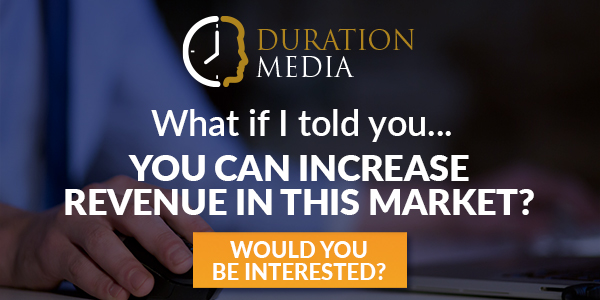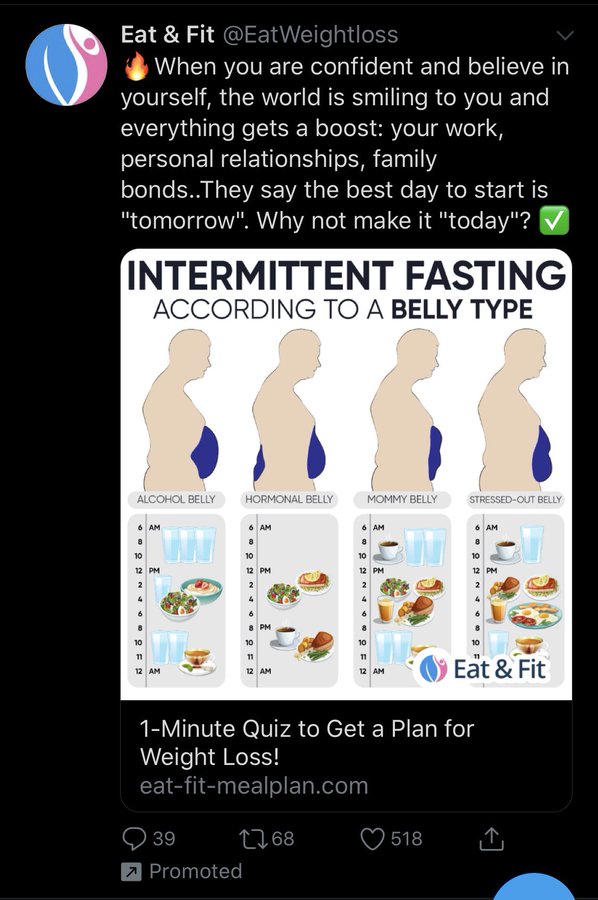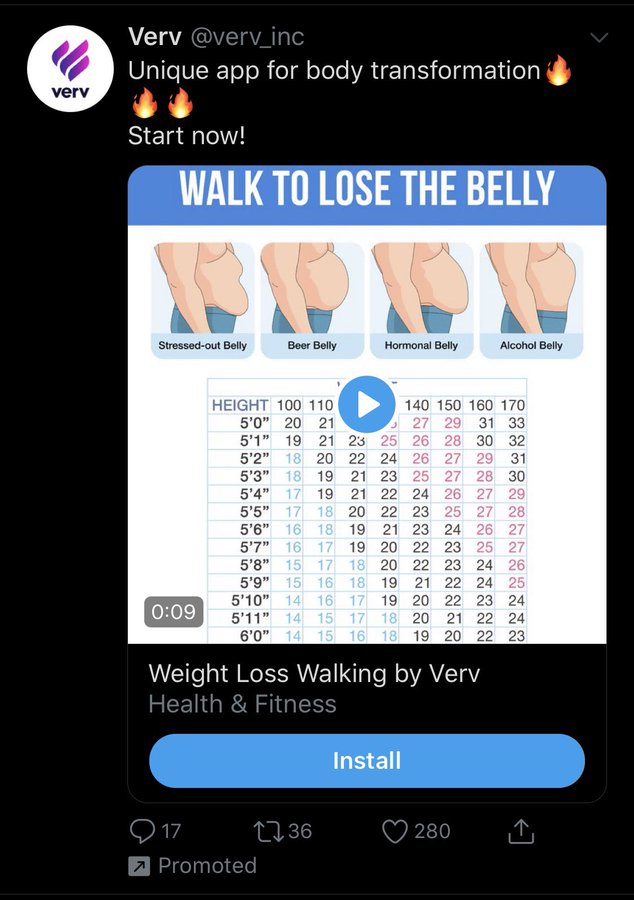 |
|||||||||||||||
|
|||||||||||||||
| You’re the Brand Now, Journalist |
| Apparently you’re not too distracted by Ari Paparo’s #AdTechMadness tournament, so indulge us as we take a gander at the future of the flip side of monetization—content creation. Probably because so much digital content is rooted in newspapers, the news/journalism industry is often seen as a bellwether for the publisher landscape in general. And during the pandemic, things have been grim—advertisers canceling guaranteed campaigns and avoiding coronavirus-related content while layoffs and furloughs stack up. Many digital publishers are trying to drive subscription and alternative revenue streams, but there’s an interesting twist here. New York Times Media Columnist Ben Smith dedicates his latest to the numerous journalists who are successfully monetizing their own brands (and reporting) on platforms like Substack and Patreon. Sure, we’ve seen major media voices like Andrew Sullivan go their own way before only to run back to the comfort of a digital media company, but the public was less newsletter-hungry and arguably these newer services make it easier than ever to publish and collect income from subscribers. Smith explores the idea of a media company as a service, and imagines where platforms offer “more services, from insurance to marketing to editing, reversing the dynamic of the old top-down media company and producing something more like a talent agency, where the individual journalist is the star and the boss, and the editor is merely on call.” |
| The “self-publishing star” is not a new concept in digital media, and there are a great many collaborative platforms and agencies out there for YouTube stars and influencers, but their monetization strategies tend to be sponsorship- and ad-revenue share-based. Smith is talking about monetization through subscription. Journalists breaking their media-company bonds to launch their own subscription brands could potentially make consumers more open to the idea of paying directly for content. It could also further flood an ocean of publishers looking to sign up subscribers. As some clever Twitter commentators have noted, many of these journalist brands are possibly laying the groundwork for tomorrow’s publications—just like how some blogs turned into media hubs. Where this may prove extremely valuable for the public is with local and regional news, which has been devastated by the pandemic. Arguably, legacy regional newspapers may have been too weighed down by their print past to survive in the digital age. In addition, legacy media companies are increasingly promoting specific journalists or content creators—Smith himself is a great example of a media “celebrity” in the New York Times stable. Will major digital publishers be seen more as “houses” for star journalist brands, something akin to cable news networks? (That’s probably a journalist’s wet dream.) Startup or rebranding publishers have had middling success with that strategy before, often with more mainstream celebrities—remember when Justin Timberlake was brought in to reenvision MySpace? There is a combination of factors at work during these trying times that point to a shakeup. Many high-quality journalists are out of work and can leverage SubStack and other platforms for income while pursuing their favorite beats. Then margin-crazy private equity firms are eyeing publisher suffering and waiting to move in—we’ve seen this story many a time, and it usually ends in a major brand dilution and traffic dip. Are we moving toward a giant shift in how and where content is accessed? As content is really king once again, this is a space set up for—dare we say it?—disruption. And digital media monetization is sure to follow. |
| Data-Gobbling Creative to Get Chrome-Stomped |

Photo by Jonas Ferlin from Pexels
|
| As we’re still recovering from AdLightning CEO and Founder Scott Moore’s tales of malicious creative, it was relieving to hear Chome is bringing the hammer down on a particularly annoying type of low-quality creative. Pushing back against ads mining cryptocurrency or ones that are just poorly constructed, Chrome Product Manager Marshall Vale announced in a blog post that the browser will “limit the resources a display ad can use before the user interacts with the ad. When an ad reaches its limit, the ad's frame will navigate to an error page, informing the user that the ad has used too many resources.” Though no hard number is currently set for the limit, the Chrome product team plans to experiment throughout the summer and launch widespread by August. |
| Three cheers for better ad experiences! It’s curious though if publishers will still get paid for blocked impressions when they come through the programmatic pipes. If the end-buyer refuses to pay, will the pub end up stiffed? Also, similar to how the Google-led Better Ads Committee effectively changed acceptable formats by installing a Chrome ad-block, Google seems to have found an end-round way of setting new standards for creative weight. Maybe Big G should just inform us all now acceptable digital advertising specs as the IAB’s Standard Terms and Conditions haven’t been updated in…11 years?!? |
| The Hits Just Keep on Coming | ||
| While most, if not all of us, are WFH, there is another large contingent of our friends and colleagues in the industry who are no longer working at all. Particularly hard hit has been the media sector where just this week Chairman of Atlantic Media, David Bradley announced that 68 employees, 17% of the staff of The Atlantic, would be laid off as a result of the COVID-19 crisis. This announcement comes on the heels of the 155 jobs lost at Vice, 100 at Condé Nast, 90 at The Economist, and 80 at Quartz as reported in the New York Times. Sadly, the devastation to the Fourth Estate has been disastrous across the board. |
||
| As we have written about before, independent, ad-supported media is and has always been our lifeline. It speaks truth to power, provides comprehension to complexity, and enables democracies to remain sustainable. If, after all the chips have fallen where they may and the last cookie crumbles, we are left only with the Duopoly plus Amazon, (in the words of The Fly aka Jeff Goldblum): “Be afraid. Be very afraid.” Check out Duration Media to learn how publishers can increase advertising revenue to save jobs and stay in business. |
||
|
||
 |
| Turning Two: GDPR’s Developmental Delays |
| While you were out (hopefully not forgetting to social distance) celebrating Memorial Day, GDPR turned two-years-old. Well technically, anyway—it was initially adopted April 14, 2016, becoming enforceable May 25, 2018. To commemorate the occasion, the European Commission released a statement lauding their efforts in increasing awareness of data privacy within the Union and abroad, also pointing out that the national data protection authorities have not yet reached their full capacity when it comes to enforcing data protection rules. On that note, a report, published on the regulation’s two-year anniversary by Access Now, calls out the lack of resources prohibiting the Authorities from adequately doing their job. In fact, there’s a great disparity in how resources are allocated to member-states across the bloc—with the UK reaping the lion’s share. As well, the number of employees working in data protection across the EU hasn’t really increased in the past year. Ireland’s Data Protection Commission has the highest caseload, with only 21 investigators on board and a budget totaling only a quarter of what the UK has been allocated. Interestingly, Ireland is where some of tech’s biggest players—Facebook, Google and Twitter—have their European headquarters. |
| There’s a lot of concern, and rightfully so, that big tech companies will use their financial prowess to weasel their way out of any penalties. Between May 2018 and March 2020 only 231 fines were given out, but there were 144, 373 complaints on the books. Back in April, the web browser Brave also released a report arguing that GDPR was in jeopardy of failing: “If the GDPR is at risk of failing, the fault lies with national governments, not with the data protection authorities,” said Brave chief policy officer, Johnny Ryan. In the two years of GDPR, there have only been two fines levied against big tech—Facebook in Germany for 51,000 euros and Google in France for 50 million euros. COVID-19 is only further highlighting the issues with data privacy enforcement, as regulators grapple with how privacy regulations will apply to contact tracing across borders. Like most everywhere else, regulators have had to hit pause on working on any new complaints, which means the chances of them getting up-to-speed on contact tracing will also be delayed. Still, GDPR, set the framework for privacy regulations like CCPA, which goes into effect July 1 (without delay)—just in case you forgot. We can expect that California learned a lot from how Europe has handled GDPR. |











